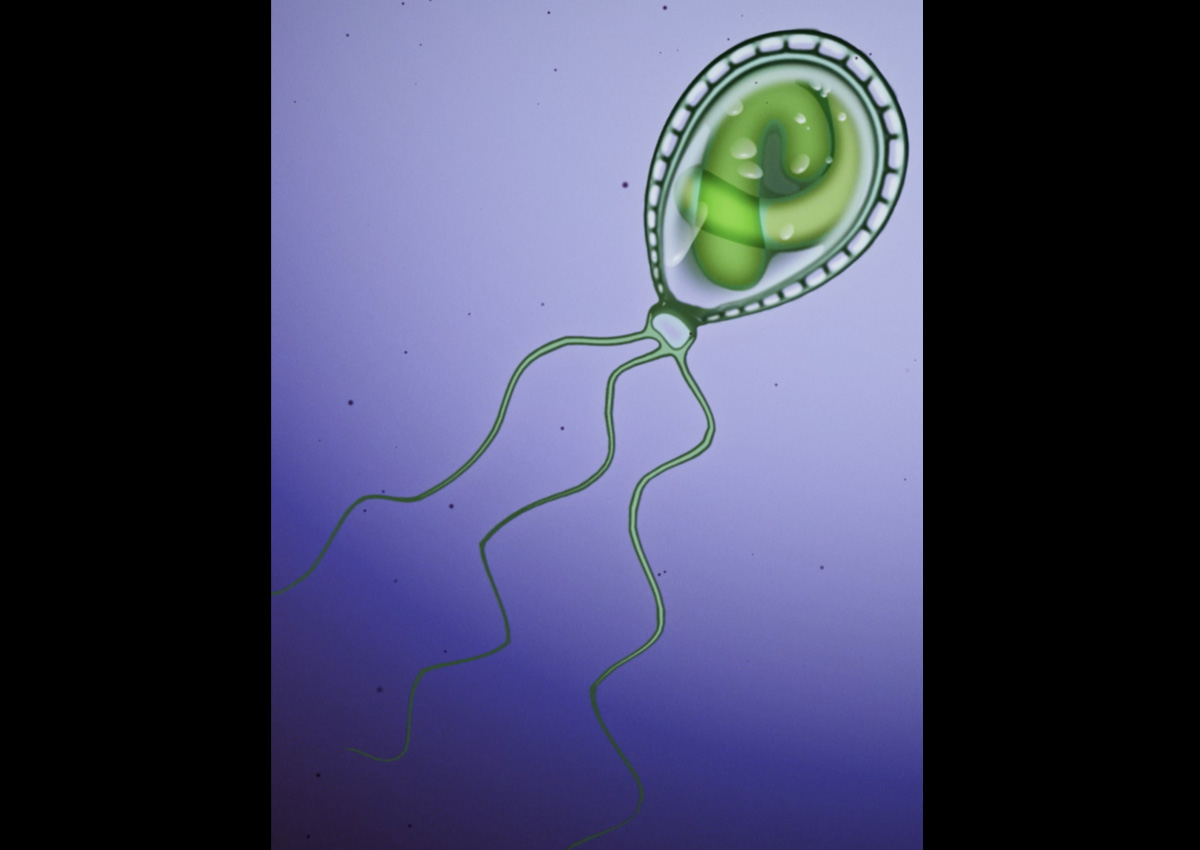
Rutgers Study Sheds Light on Evolution of Photosynthesis
July 1, 2021| |
A study led by scientists from Rutgers University that could help improve crop production sheds new light on the evolution of photosynthesis in plants and algae. The scientists reviewed research on the photosynthetic amoeba Paulinella, and published their results in New Phytologist.
Paulinella is a model used to explore eukaryote evolution and answer the fundamental question of the single origin of algae and plants: Why did photosynthesis by primary plastid endosymbiosis not originate multiple times in the tree of life? Endosymbiosis is a relationship between two organisms wherein one cell resides inside the other. This interaction can result in massive genetic innovation. However, there is limited knowledge about how endosymbiosis is initially established. Primary plastid endosymbiosis, which evolved about 1.5 billion years ago, is the process in which a eukaryote engulfs a prokaryote. The plastid is a membrane-bound organelle within the cells of plants and algae.
Senior author Debashish Bhattacharya, a Distinguished Professor in the Department of Biochemistry and Microbiology at Rutgers University-New Brunswick said that photosynthesis results in enormous risks because it produces harmful chemicals and heat as byproducts that can damage the host cell. Creating a novel organelle is a highly complex process that makes it fleetingly rare in evolution. Paulinella, which is the only known case of an independent plastid primary endosymbiosis other than in algae and plants, offers many clues to this process that helps explain why it is so rare.
For more details, read the article in Rutgers Today.
| |
You might also like:
- Experts Unravel One Big Secret of Photosynthesis
- Discovery Ends Long-Standing Photosynthesis Controversy
- Structure and Function of Photosynthesis Protein Explained in Detail
Biotech Updates is a weekly newsletter of ISAAA, a not-for-profit organization. It is distributed for free to over 22,000 subscribers worldwide to inform them about the key developments in biosciences, especially in biotechnology. Your support will help us in our mission to feed the world with knowledge. You can help by donating as little as $10.
-
See more articles:
-
News from Around the World
- Experts Explain How Gene Drives Control Invasive Species
- Philippine Media Use Less Fear Appeal as More Farmers Adopt Biotech Maize
- Can Gene Drive Eliminate Vector-borne Diseases?
- PennState Scientists Identify Sorghum Genes for Resistance to Anthracnose Leaf Blight
- EU Report Confirms Glyphosate Doesn't Cause Cancer
- Rutgers Study Sheds Light on Evolution of Photosynthesis
- Study Finds Barley Protein Could Help Boost Its Yield in High Temperatures
-
Plant
- UK's First CRISPR Field Trials Show Potential of Gene Editing
- Customizable Molecular Scissors for Tailoring Plant Genomes
- UC San Diego Scientists Develop First CRISPR-Cas9-based Gene Drive in Plants
- APEC Members Discuss Genome Editing Technology and Policy Strategies
- Simultaneous Editing of Susceptibility Genes in Rice Leads to Disease Resistance
-
Read the latest: - Biotech Updates (September 10, 2025)
- Gene Editing Supplement (August 27, 2025)
- Gene Drive Supplement (February 22, 2023)
-
Subscribe to BU: - Share
- Tweet

